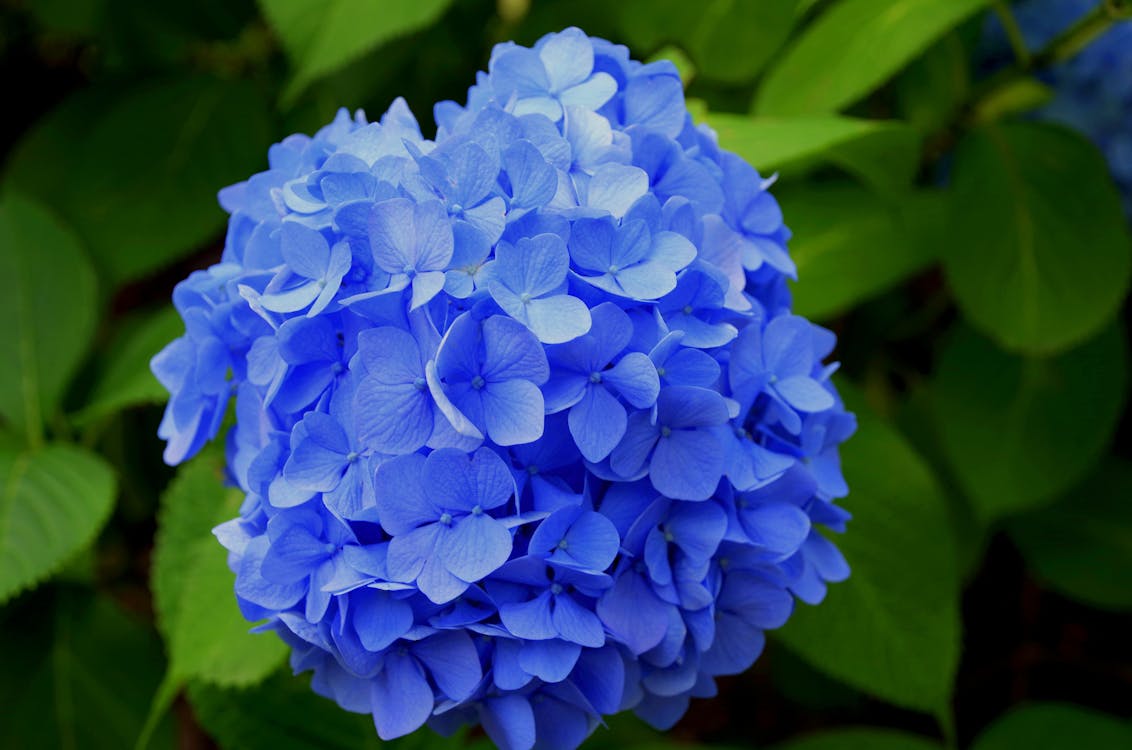Lehrplan
Art Course - Learn the computer Colors!
Introduction
0/1Introduction to Colors
0/19-
Colors on your screen
-
Primary Colors - Quiz
-
Primary and secondary colors
-
Mixing Colours - Quiz
-
Mixing Colors
-
Importance of Design
-
What is a color?
-
Basic Color Theory
-
Useful Websites
-
Primary Colors in the Nature
-
Rarest Color in the Nature - Quiz
-
Rarest Color in the Nature
-
Rarest Color in the Nature
-
Mixing colors
-
Mixing Colors - Lights
-
Additive color mixing - Usage
-
Mixing Colors - Pigments
-
Subtractive color mixing - Usage
-
Is Black A Color?
Colors on Computers
0/5Let's code with python - RGB exercise
0/8How to build a website
0/2Design your own Character!
0/112D Animation
0/7Let's code with AI
0/3Section
0/1Rarest Color in the Nature
Blue is the rarest color in the nature. Part of the reason is that there isn’t really a true blue colour or pigment in nature and both plants and animals have to perform tricks of the light to appear blue. For plants, blue is achieved by mixing naturally occurring pigments, very much as an artist would mix colours.


Although blue flowers are rare in plants, almost no plant has blue leaves – except a handful of plants found on the floor of tropical rainforests. The main reason for this has to do with the physics of light. Pigments appear the colour of the light they don’t absorb, but instead reflect. The most common plant pigment is green chlorophyll, so plants appear green because chlorophyll doesn’t absorb, but rather reflects, green light. Plants however like blue light as it has more energy than any other light in the visible spectrum.
So, if you have blue leaves you are reflecting the highest energy light and relegating yourself to using only poorer quality light that ultimately limits your growth. Not a good strategy and so why most plants avoid it.